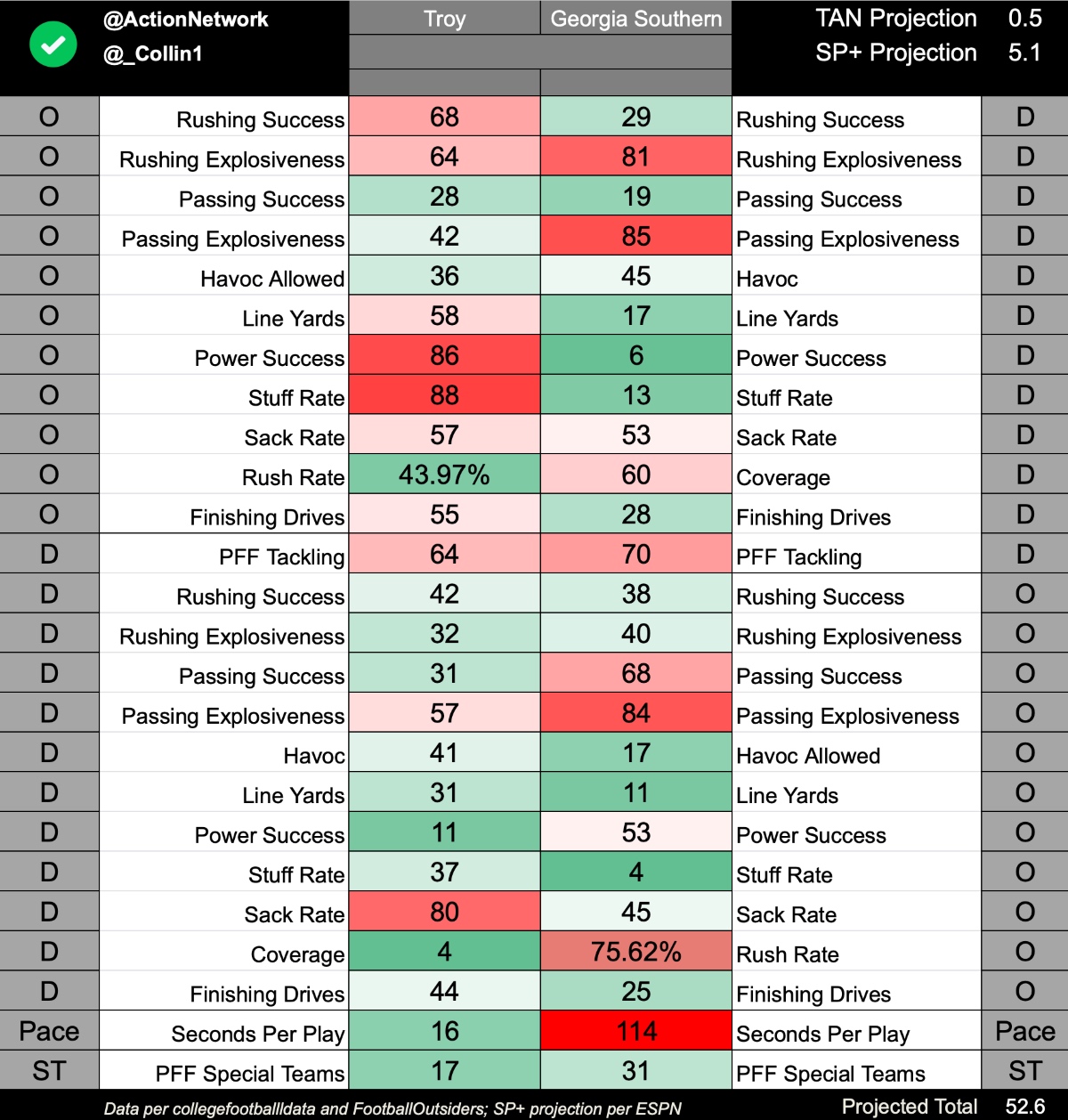Point Spread To Moneyline Conversion Basketball
As a fan, you don’t care if your team wins by a point or 100. A win is a win, though that 100-point win would be a little easier on the nerves.

NBA Spread to Money Line Conversion by Jimmy Boyd in NBA For the uninitiated, betting on the money line simply means betting on which team you think will win the game. The money line is adjusted based on the spread to help books mitigate risk. If we take the example of football, NFL moneyline point spread odds are often set at 1.91, but of course, the pricing can vary from one provider to another. This gives the house the edge. By setting a money line spread, it ensures the provider sees a small amount of money come back to them over time.
In sports betting, how much a team wins by is usually all that matters.
The most popular way to bet for the two most popular sports, basketball and football, is with the point spread, also known as the “side.” Most baseball, hockey and soccer bets are on the moneyline, which is betting on a team to win straight up with adjusted odds. Football and basketball have moneyline bets available too, but most people will take the point spread.
The concept can be a bit confusing if you’ve never dabbled in sports betting before.
Why bet with the point spread?
The point spread was created to attract more action on a game. When the San Francisco 49ers are expected to blow out the Arizona Cardinals, it’s not enticing to lay $300 to win $100 on a moneyline. But when the 49ers are 11-point favorites and each side is -110 odds? That’s much easier.
Win Percentage To Moneyline
In that example, the 49ers are spotting the Cardinals 11 points before the game starts, at least for bettors. The 49ers have to win by 12 or more points to cover the spread. If the Cardinals win or lose by 10 or less, that side wins the bet. If the game lands on 11, like a 21-10 49ers win, it’s a push and all bets are refunded. If you see a -11 that means that team is favored, and +11 means you’re taking the underdog.
Nothing sharpens your math skills better than trying to figure out how big your lead as a bettor is if you have a 22.5-point basketball underdog that is losing 90-72.

The problem with the point spread can be when a team — which really doesn’t care that you bet the favorite at -11 — has a 14-point lead but gives up a meaningless score at the end to win by only seven points. They’re still happy with the win. You, as a bettor, are not.
© Provided by Yahoo! Sports Sportsbooks have large boards that display point spreads for all games that day. (AP Photo/John Locher, File)Point spreads lead to bad beats
Spread To Moneyline Calculator
The most infamous example of a bad beat with the point spread probably came in the 2004 Final Four at the NCAA men’s basketball tournament.
Duke was a 2.5-point underdog against UConn. The Huskies rallied late and took a 79-75 lead on a free throw with 3.2 seconds left. The game itself was over; Duke couldn’t score twice in a few seconds. But Duke guard Chris Duhon pulled up for a running 3-pointer just over the half-court line and banked it in at the buzzer. Duke lost 79-78, but bettors who had Duke and 2.5 points won. March Madness is a huge event for bettors, and reports at the time estimated that Duhon’s “meaningless” shot resulted in a $30 or $40 million swing in Nevada. UConn players celebrated at the final buzzer. UConn bettors doubled over in pain. That’s the difference between betting the moneyline and the point spread.
Baseball and hockey have point spreads too, the “run line” in baseball and “puck line” in hockey. It’s generally 1.5 with odds adjusting accordingly. Taking a big baseball favorite at -1.5 runs can make the odds more palatable. Of course, betting the New York Yankees at -1.5 to bring down the odds from -190 to -110 isn’t too fun when they win 4-3 and you don’t cash a bet.
Betting on the point spread is the most common way to wager on sports. And the first time you take a favorite that wins the game but doesn’t cover the spread, you’ll understand every bettor’s heartbreak.
Most bettors will have a portion of their volume of wagers placed on moneylines, but many don’t know when they’re getting value. Knowing the corresponding money-line to point spread values gives bettors an opportunity to pinpoint underlays on the moneyline.

For example if the point spread on a particular football game gets pounded down over the course of the week, there may be an opportunity at one of the sportsbooks where the money line hasn’t been adjusted to scale with the actual point spread. Learning to spot these weak lines will add to your bottom line over the course of a football season.
Below we have listed the odds conversion chart as listed on Bovada.
| Point Spread | Money Line |
| -2 | -130/+110 |
| -2.5 | -140/+120 |
| -3 | -155/+135 |
| -3.5 | -175/+155 |
| -4 | -200/+170 |
| -4.5 | -220/+180 |
| -5/-5.5 | -240/+190 |
| -6 | -270/+210 |
| -6.5 | -300/+220 |
| -7 | -330/+250 |
| -7.5/-8/-8.5 | -360/+280 |
| -9/-9.5 | -400/+300 |
| -10 | -450/+325 |

Betting Tip: Many sharp football bettors will use point spreads to bet favorites and only use money lines when wagering on underdogs.
Need Winners Against the Spread? Get $60 in FREE member NFL picks from Doc's Sports Service, one of the most trusted names in handicapping! No salesmen and no obligations!
Click Here
NFL Football Picks
Moneyline To Spread Converter
- Super Bowl Proposition Bets – Best Bets at BAS
- Top Super Bowl 55 Prop Bets & Picks at Bovada
- Chiefs vs. Bucs Super Bowl Pick ATS
- Super Bowl 55 Pick: Chiefs vs. Bucs
- Super Bowl LV Total Pick